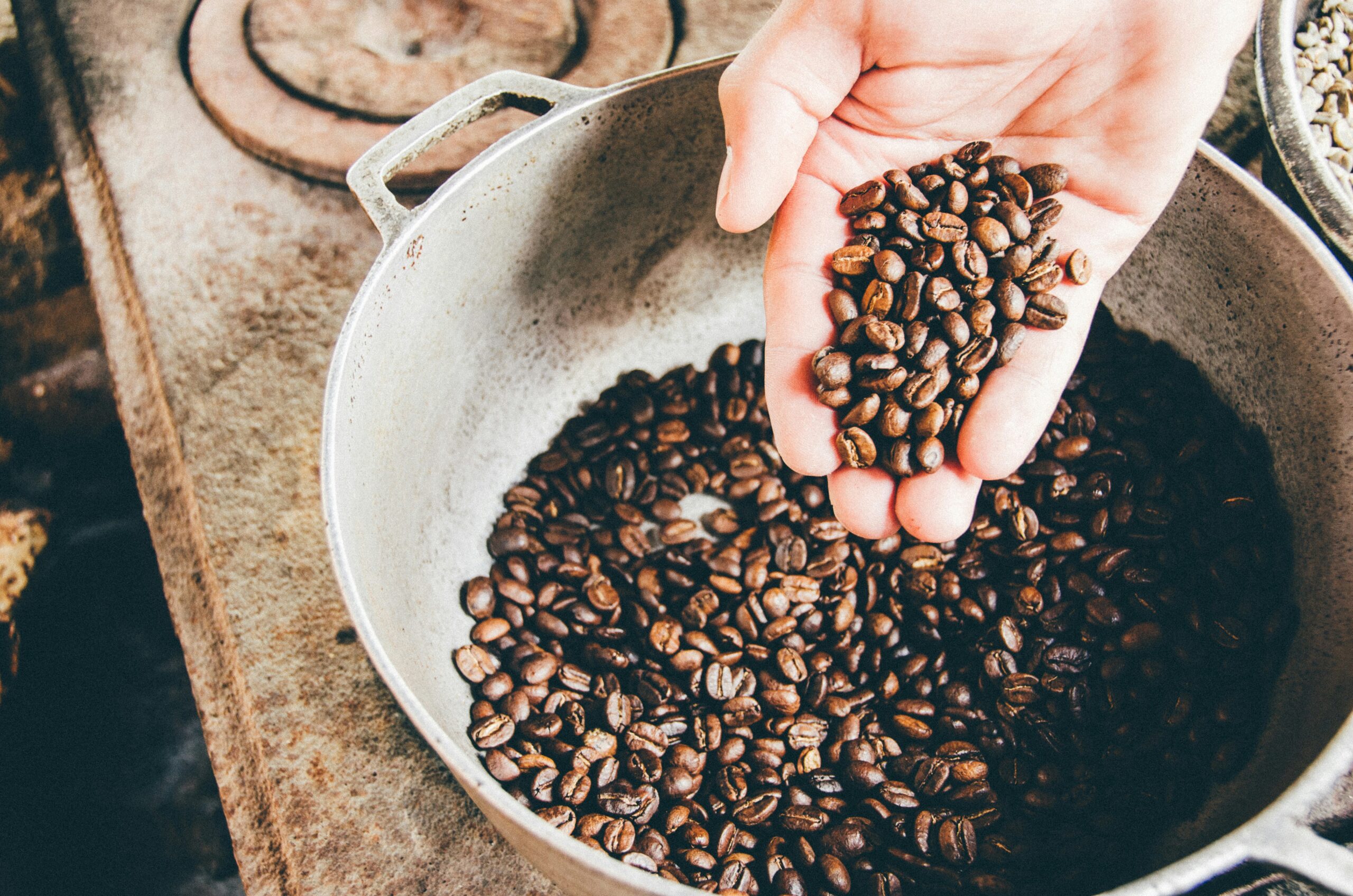When people talk about coffee, it’s usually about flavor — the bright acidity, the nutty notes, or that dark, bold kick. But what about how coffee feels in your mouth? That’s where coffee mouthfeel comes in. It’s the unsung hero of every sip, shaping your overall experience with every cup. Think silky, creamy, gritty, or even syrupy — yes, your coffee can wear many textures. And trust us, it makes a difference. Let’s break it down.
Mouthfeel can make your espresso shot feel like velvet, or your cold brew feel refreshingly crisp. It’s subtle but incredibly important for coffee enjoyers and enthusiasts.
Understanding Coffee Mouthfeel
What is Coffee Mouthfeel?
In simple terms, coffee mouthfeel is the texture or physical sensation your coffee creates in your mouth. It’s not about taste — it’s about how heavy, light, rough, smooth, or creamy your brew feels when you take a sip. It completes the sensory experience, making your cup of joe either delightful or disappointing.
Mouthfeel can make your espresso shot feel like velvet, or your cold brew feel refreshingly crisp. It’s subtle but incredibly important for coffee enjoyers and enthusiasts.
The Key Elements of Coffee Mouthfeel
1. Body
Body refers to the weight or thickness of the coffee in your mouth. Is it light like tea? Heavy like melted chocolate? Body is influenced by the coffee bean origin, roast profile, grind size, and brewing method.
- Light-bodied: Clean, crisp, tea-like
- Medium-bodied: Balanced, rounded
- Full-bodied: Rich, thick, creamy
2. Texture
Texture is about surface sensation. Is it smooth, oily, grainy, or dry? This comes from natural oils in the beans, grind size, and how long the coffee was extracted.
- Smooth: Silky and velvety
- Syrupy: Thick and coating
- Gritty: Rough or chalky (usually a bad sign!)
3. Afterfeel
This is what lingers on your palate after you swallow. It could be clean, dry, or slightly sticky — each contributing to the memory of your cup.

How Roast and Brewing Method Affect Mouthfeel
Roast level and brew method play a huge role in developing coffee mouthfeel:
- Light roasts: Tend to have a lighter body and a more crisp, clean texture.
- Medium roasts: Bring out a rounded body and balanced texture.
- Dark roasts: Offer a heavier body, often oily and syrupy.
Brewing methods like espresso, cold brew, and French press also manipulate mouthfeel.
- Espresso: Rich, creamy, full-bodied
- Cold Brew: Smooth, mellow, often syrupy
- French Press: Full-bodied with potential sediment for texture
How to Taste and Evaluate Coffee Mouthfeel
Tasting mouthfeel isn’t complicated — you don’t need to be a barista champion. Here’s how:
- Take a sip and hold it for a moment.
- Focus on the texture: Is it heavy or light? Creamy or gritty?
- Swallow and observe: What sensation is left behind? Dry? Clean? Sticky?
Pair this practice with your favorite brews and you’ll start noticing the different mouthfeels without even trying too hard.
Common Coffee Mouthfeel Descriptions
Here are some of the most-used words when talking about coffee mouthfeel:
- Light: Similar to tea
- Silky: Smooth and slightly thick
- Creamy: Full, rich, and soft
- Syrupy: Dense, coating, and sweet
- Gritty: Grainy or chalky (usually unwanted)
- Watery: Thin and lacking presence
You’ll hear these thrown around in cafés or during cupping sessions — now you’ll know what they mean.

mouthfeel


Why Mouthfeel Completes the Coffee Experience
Understanding coffee mouthfeel adds a whole new layer to your coffee experience. It’s not just about taste anymore — it’s about how your coffee feels, from the first sip to the aftertaste.
So next time you’re sipping your brew, notice if it’s crisp, syrupy, or velvety. Trust us, it’ll make you appreciate every cup a little bit more.
For more tips, guides, and brewsplorations — visit the Cold and Brewed Blog!
Coffee Mouthfeel FAQs
What causes different coffee mouthfeels?
The combination of roast level, brewing method, grind size, and bean type all contribute to your coffee’s mouthfeel.
Is thicker coffee better?
Not always. A good mouthfeel depends on balance — sometimes you want light and crisp (hello, cold brew!), other times thick and syrupy (perfect for espressos).
Can I improve my coffee’s mouthfeel at home?
Yes! Adjusting your grind size, brewing time, and roast type can significantly enhance your brew’s mouthfeel.





